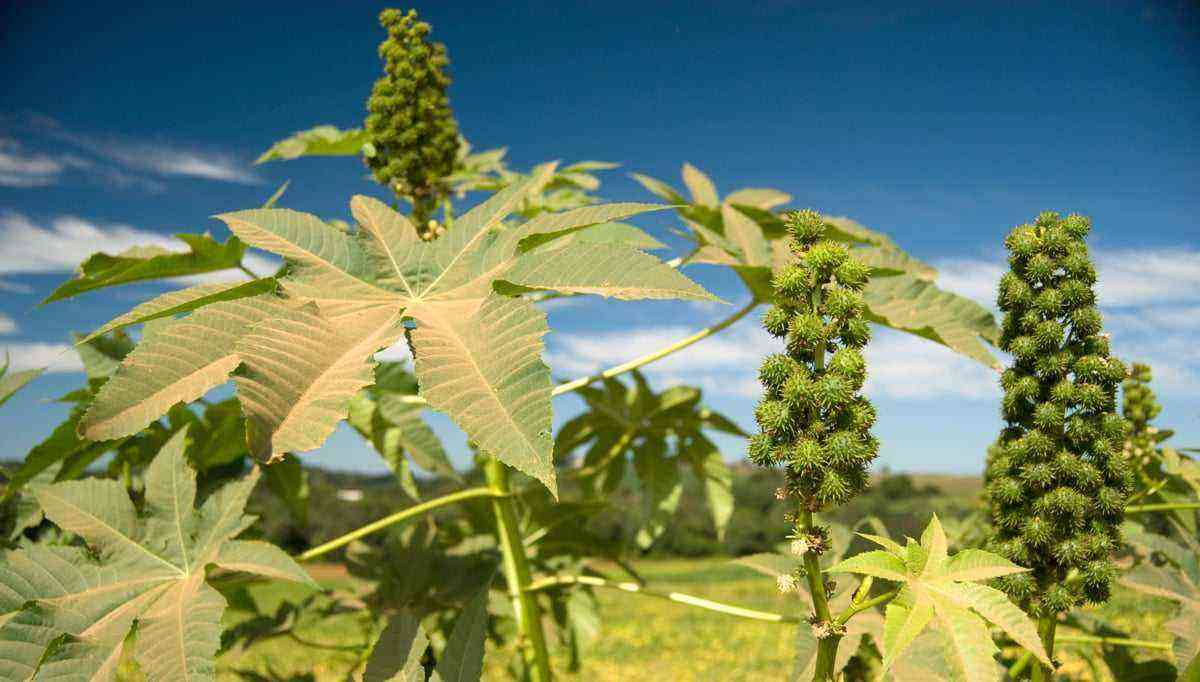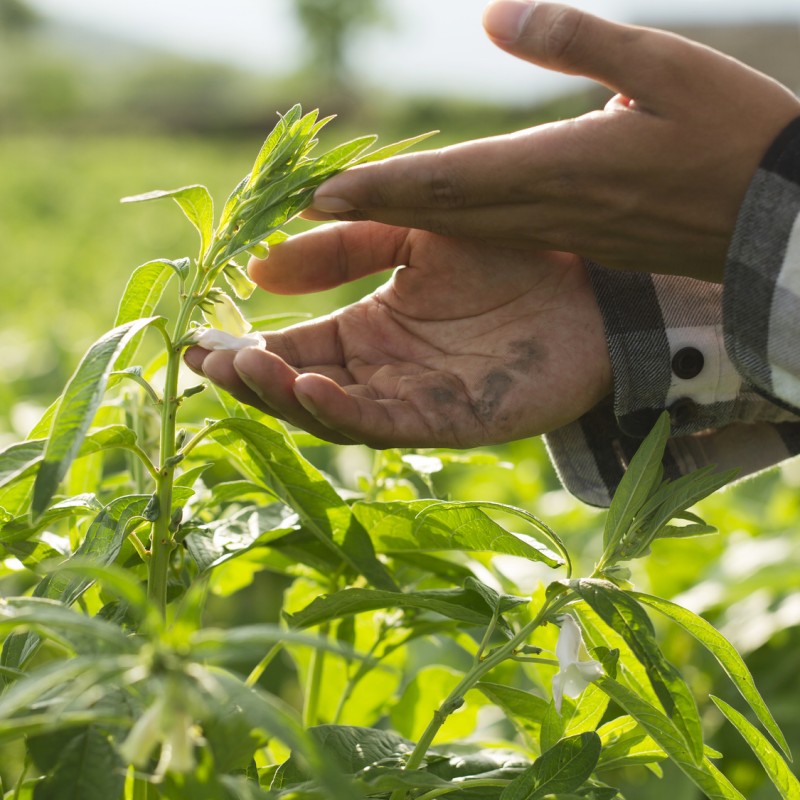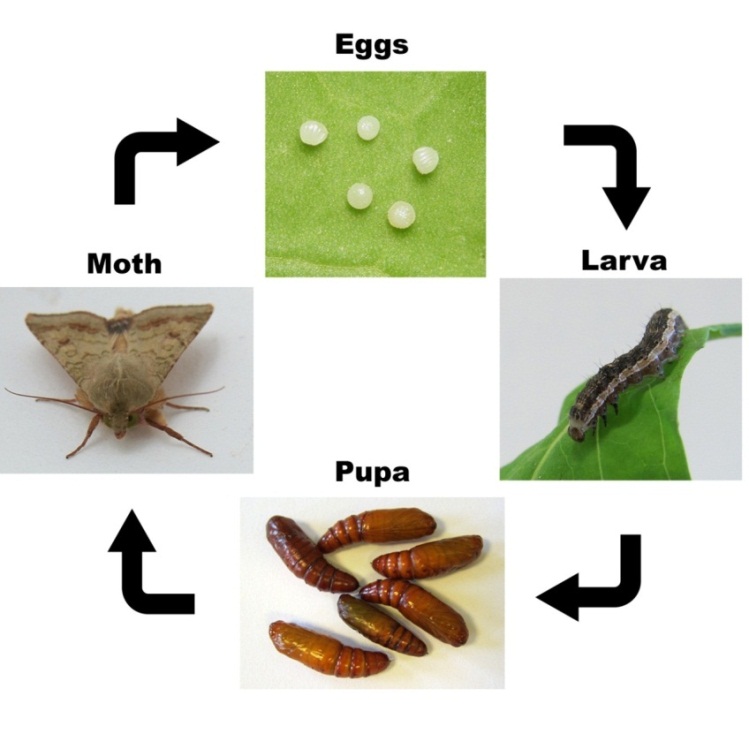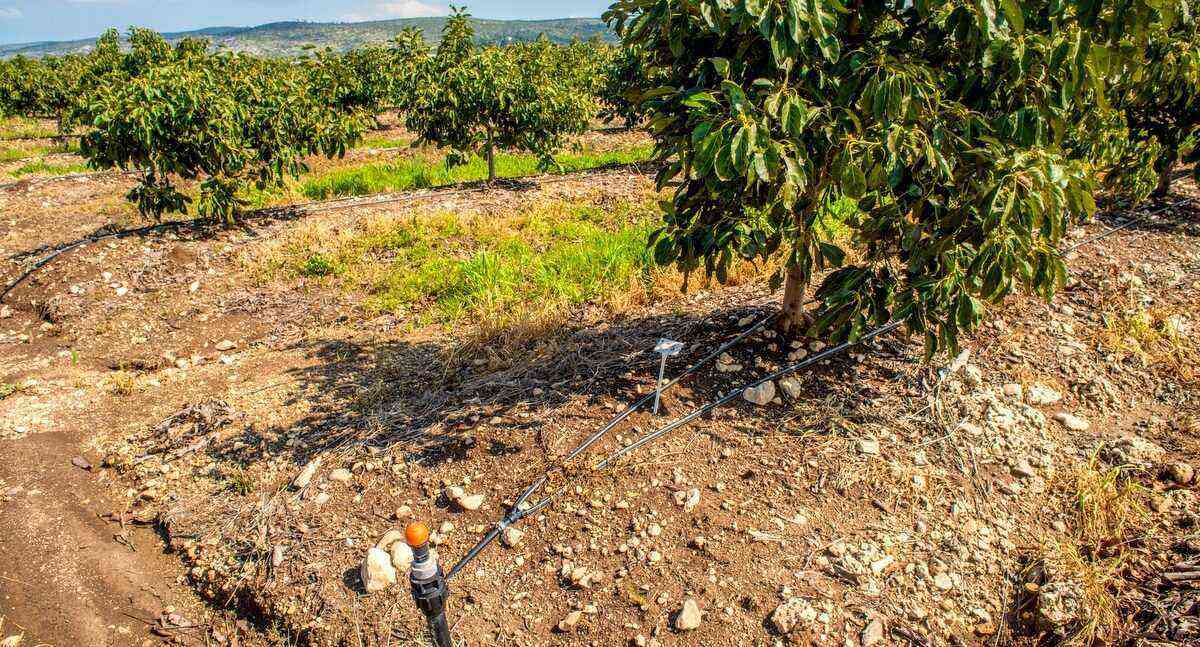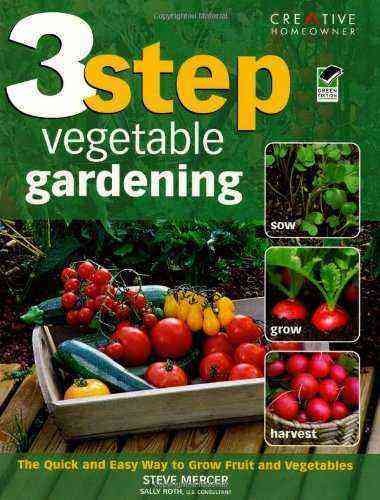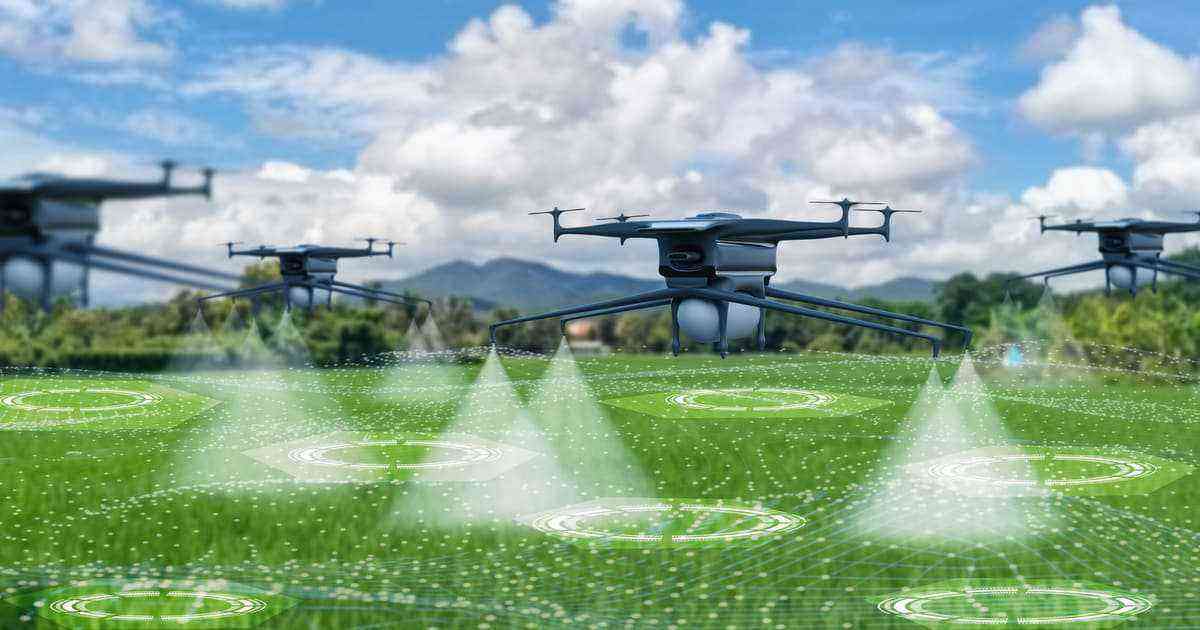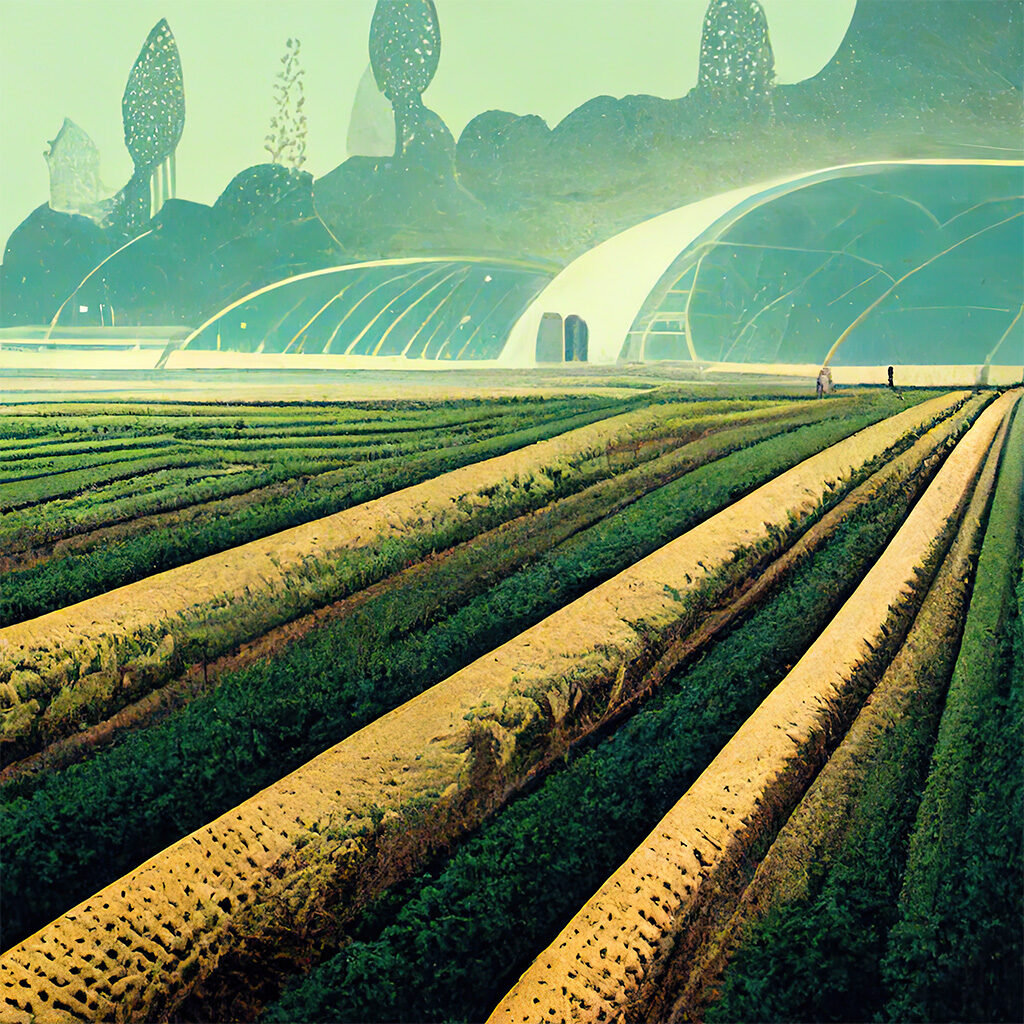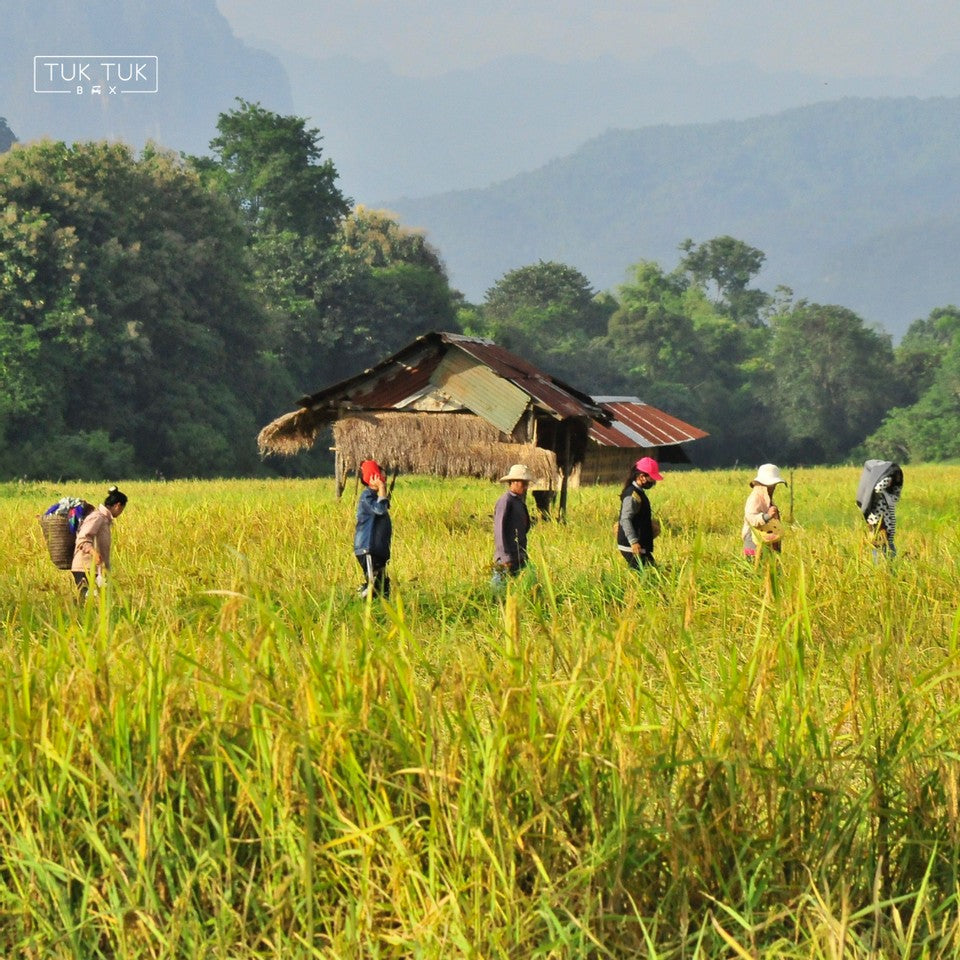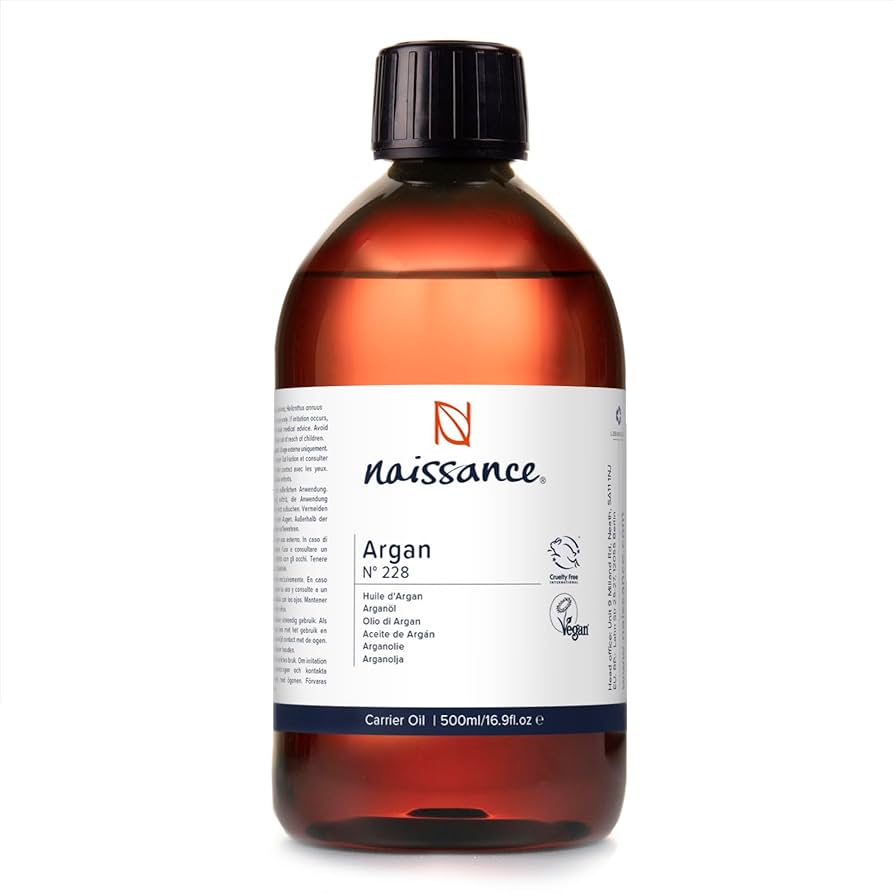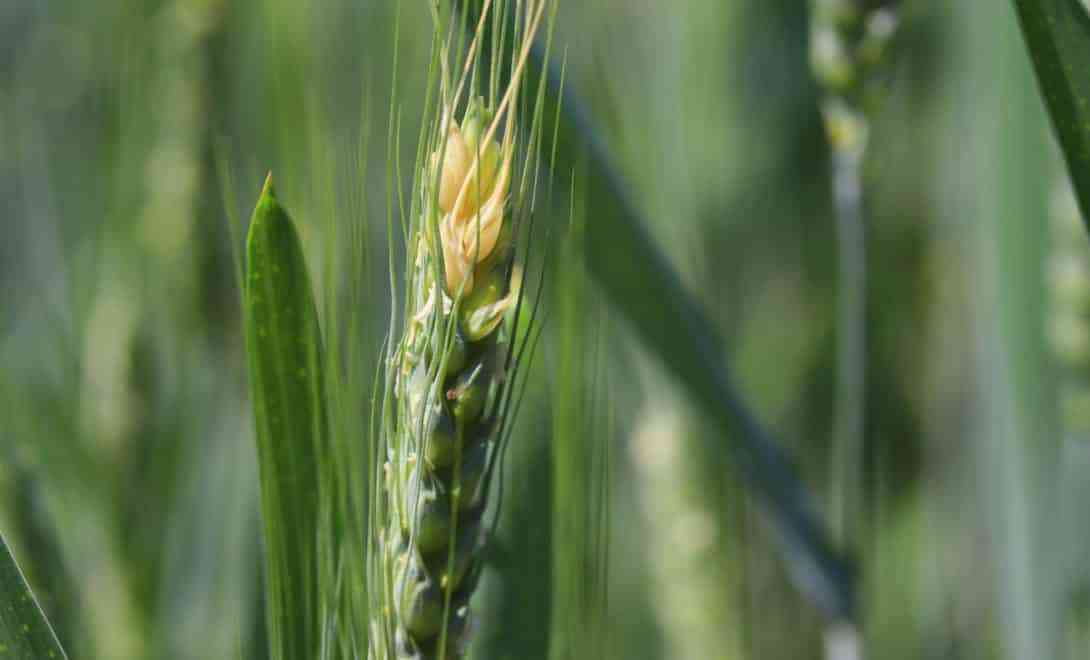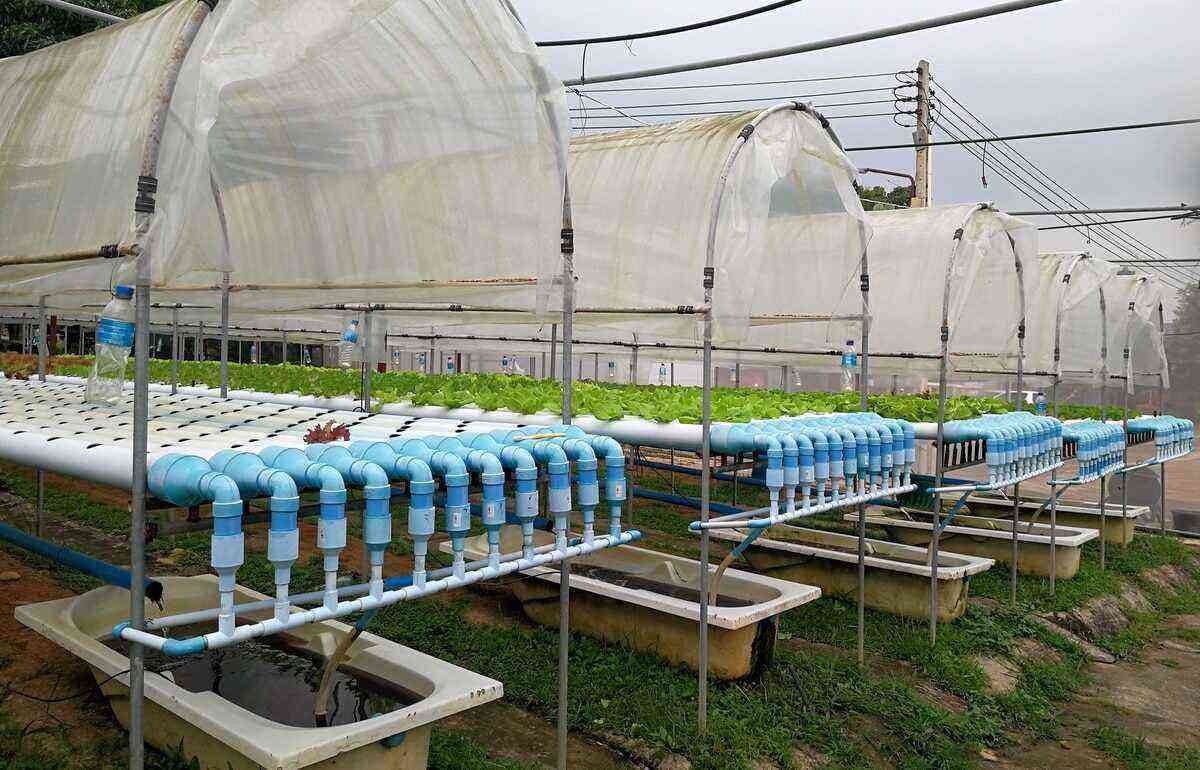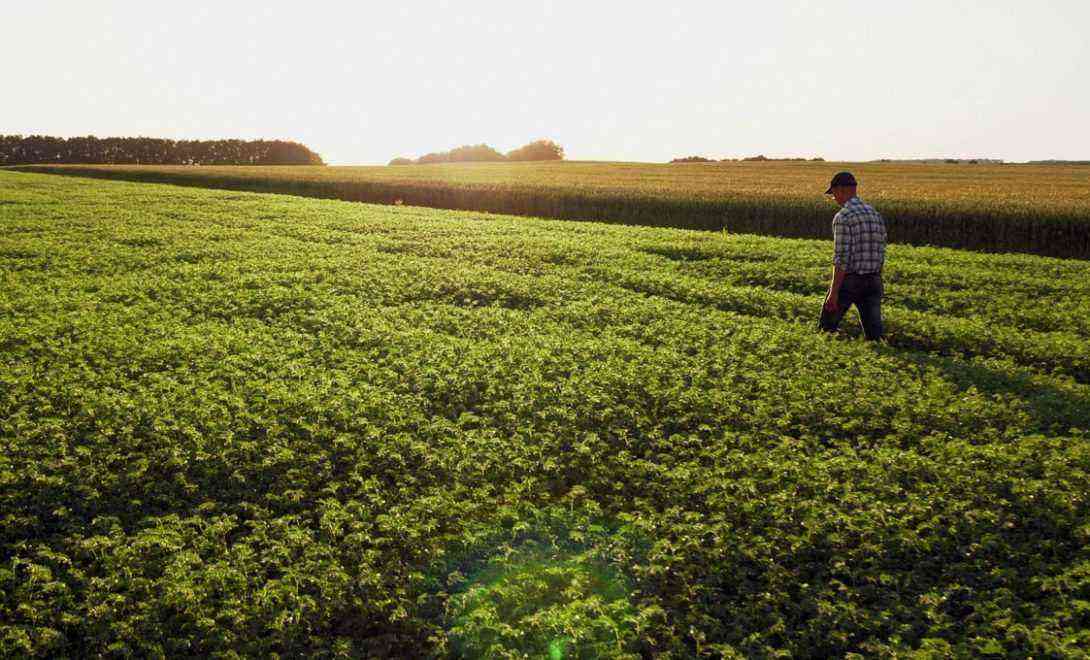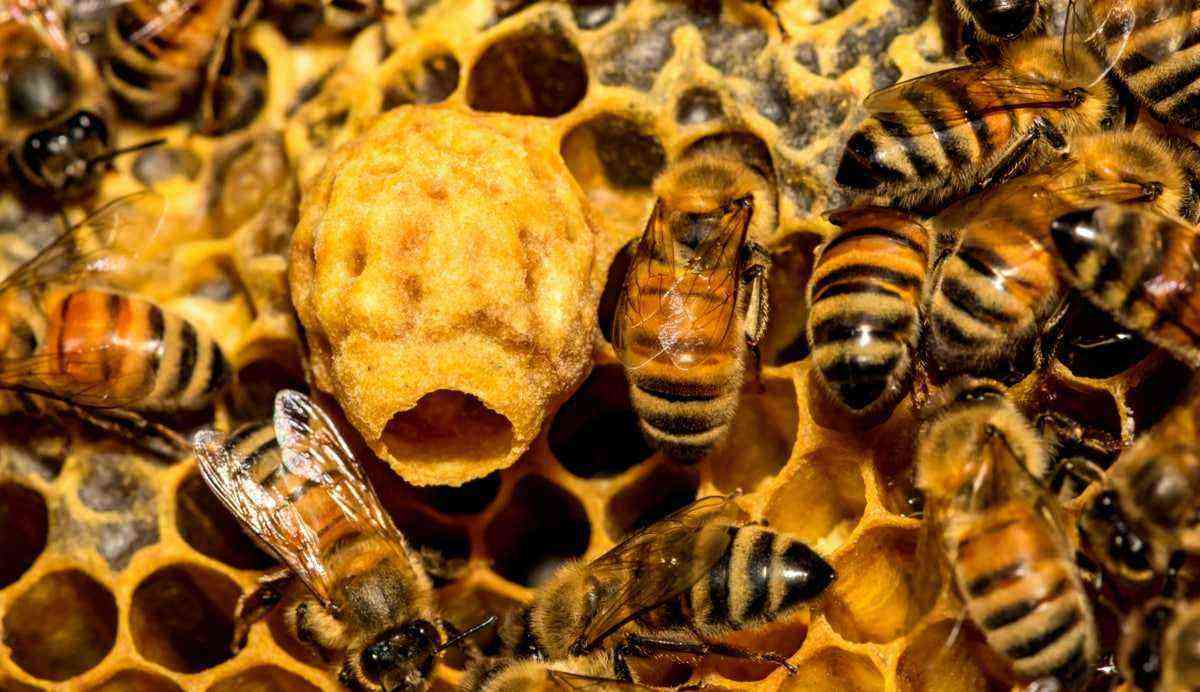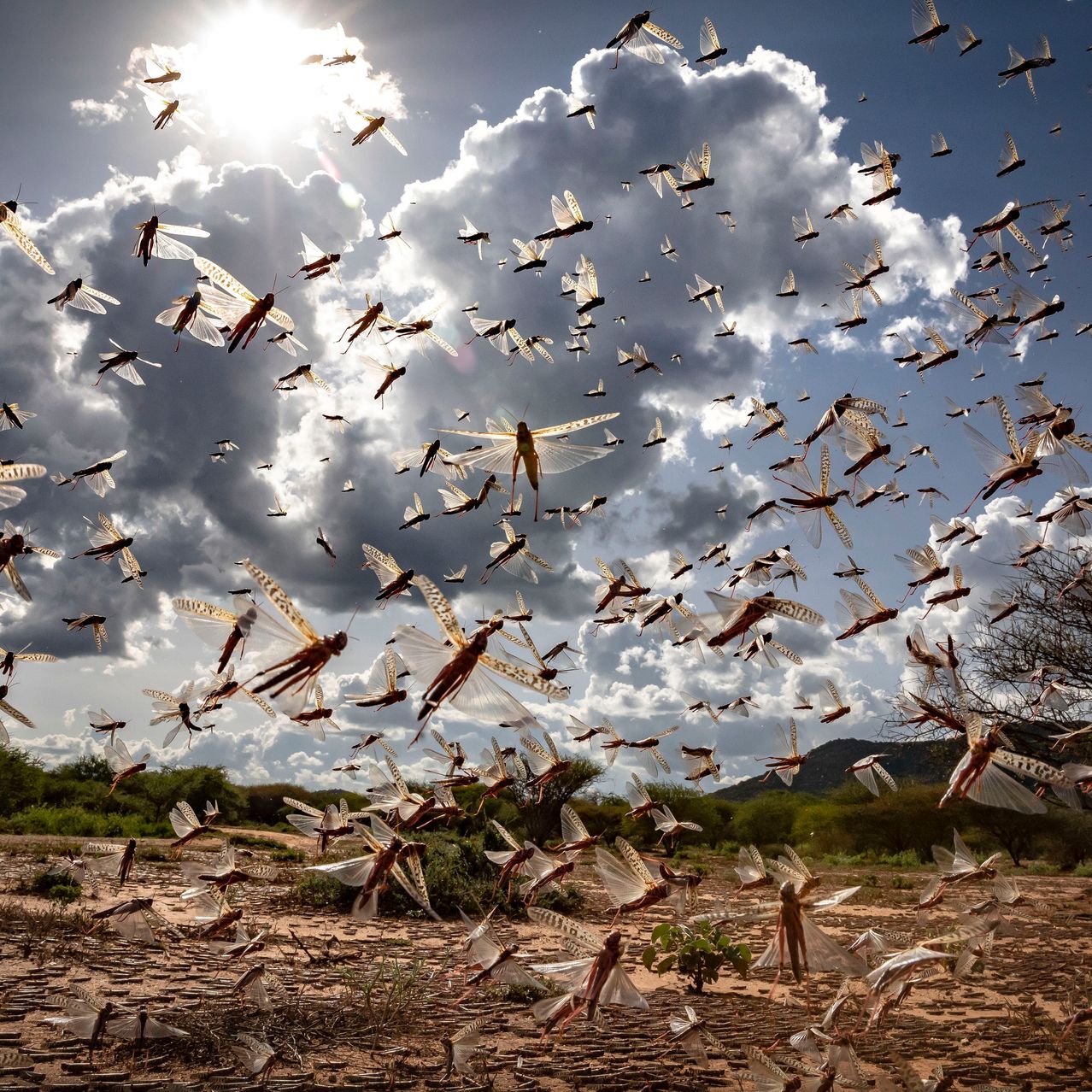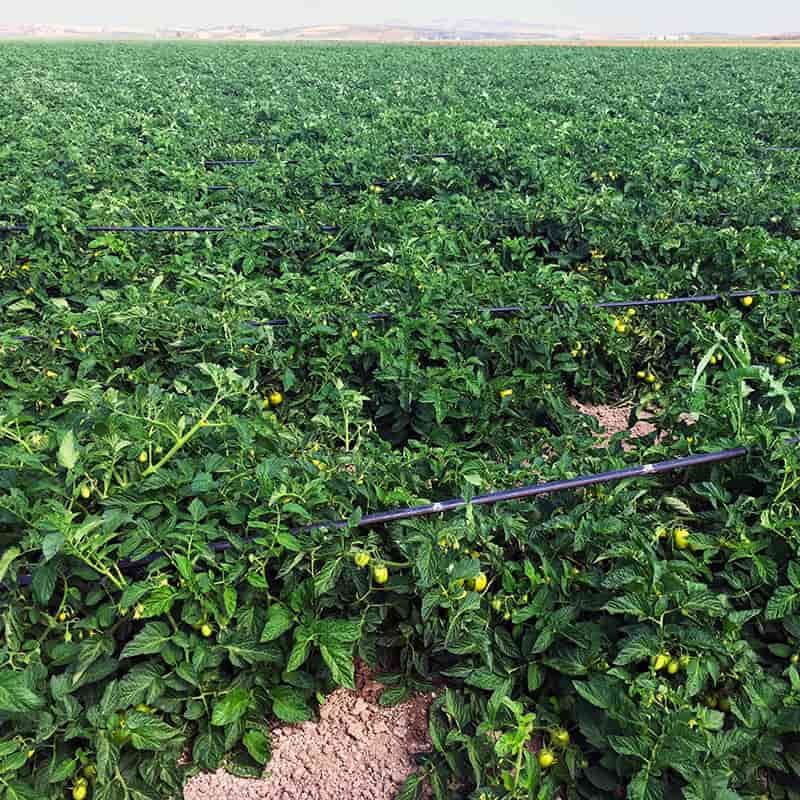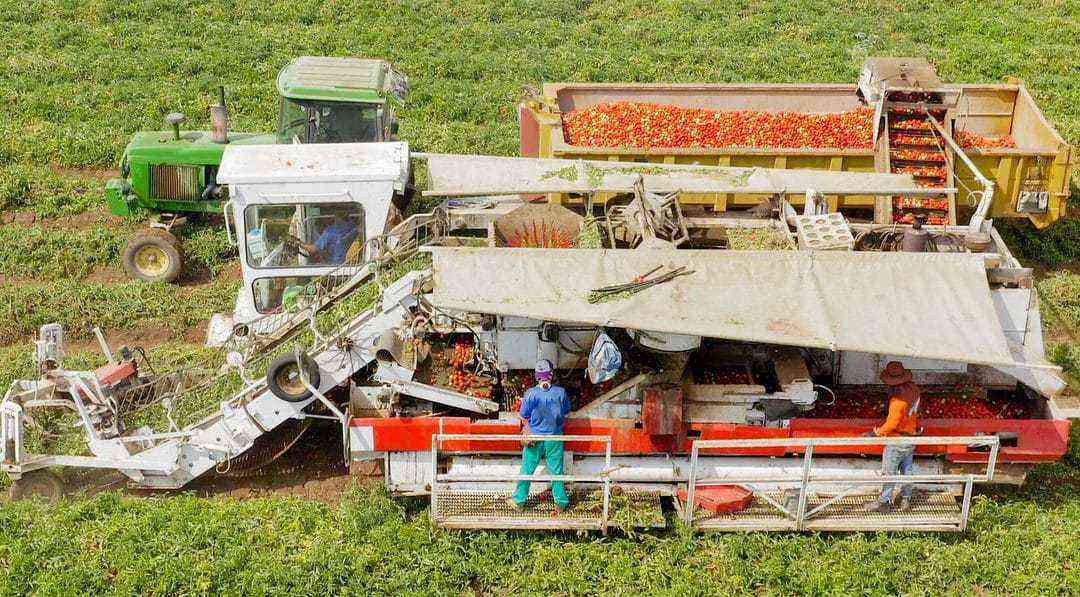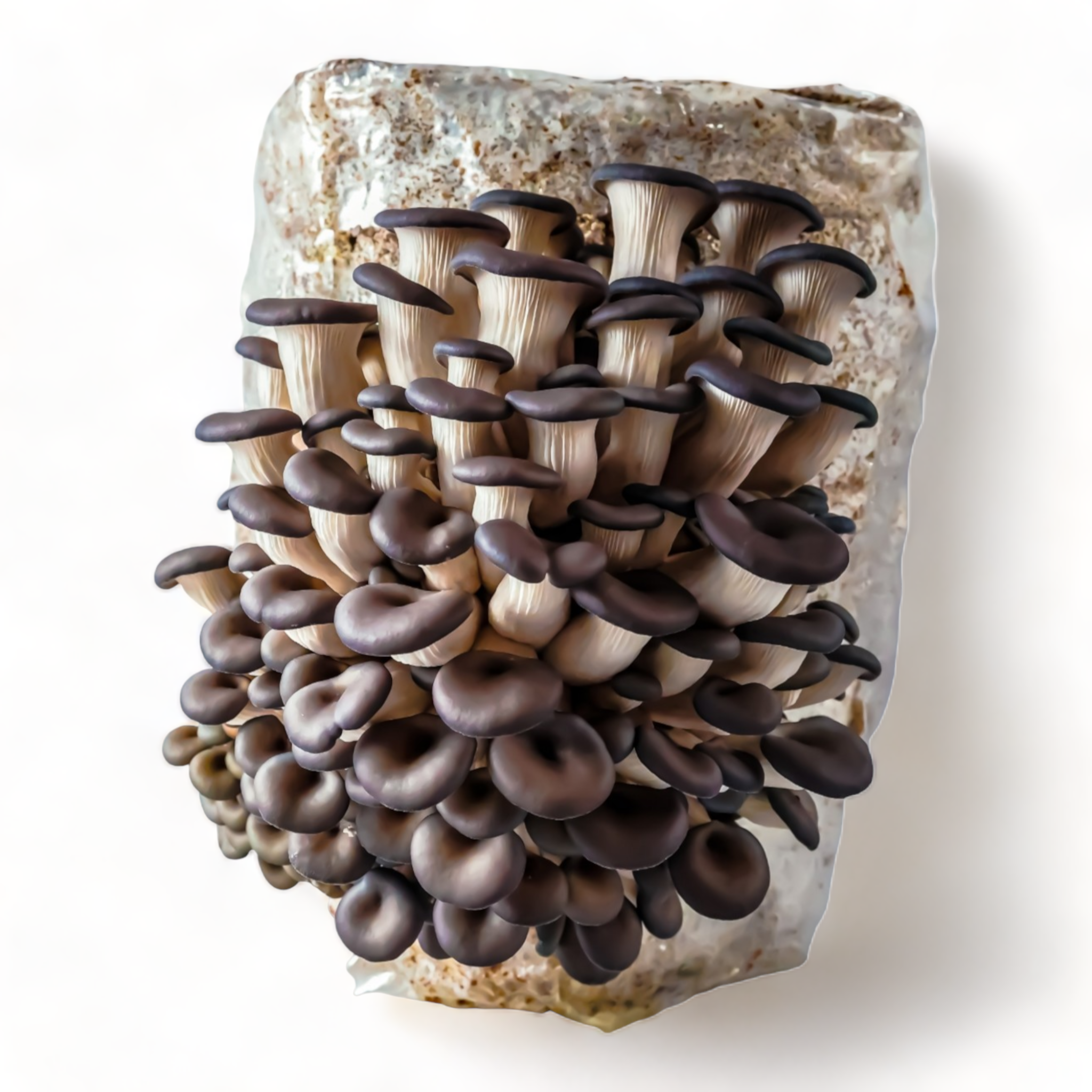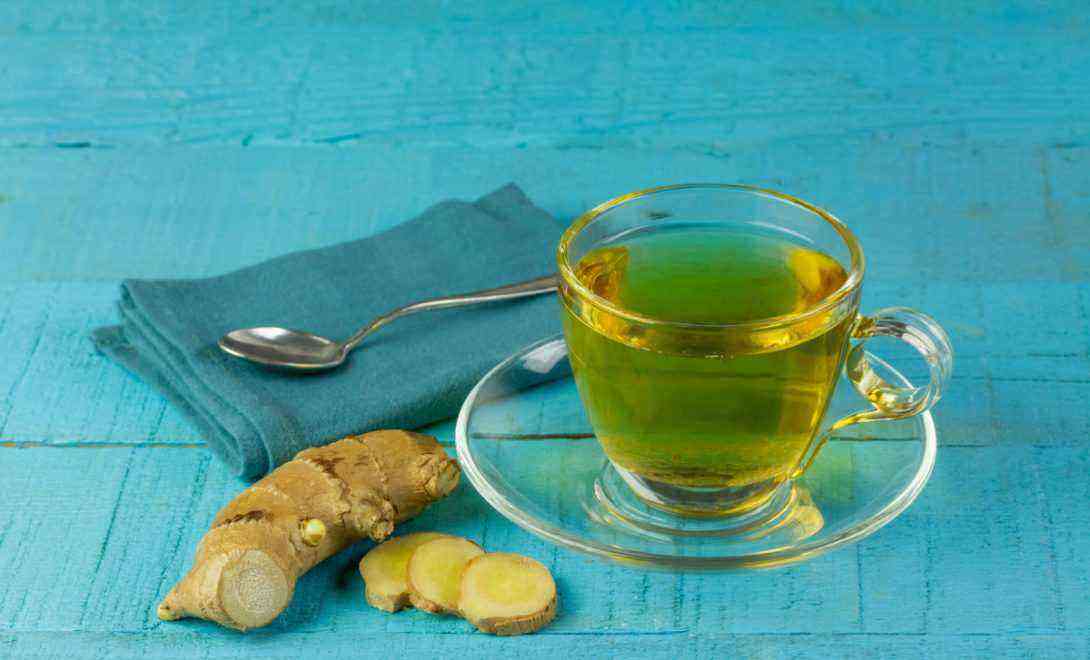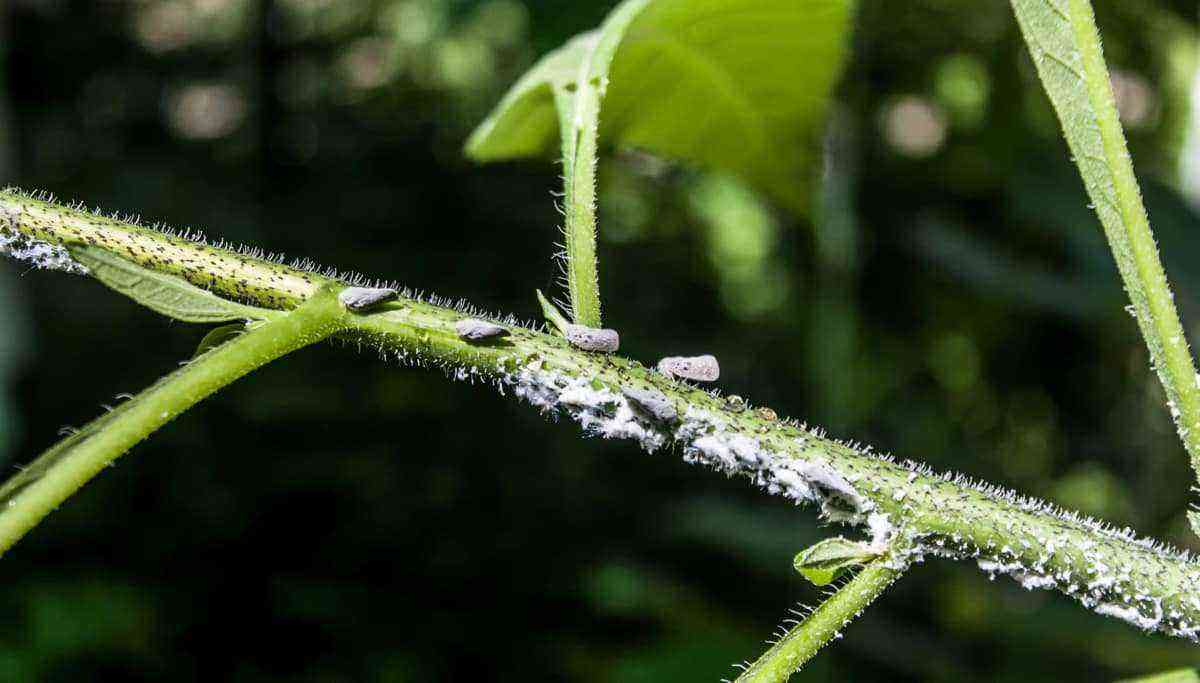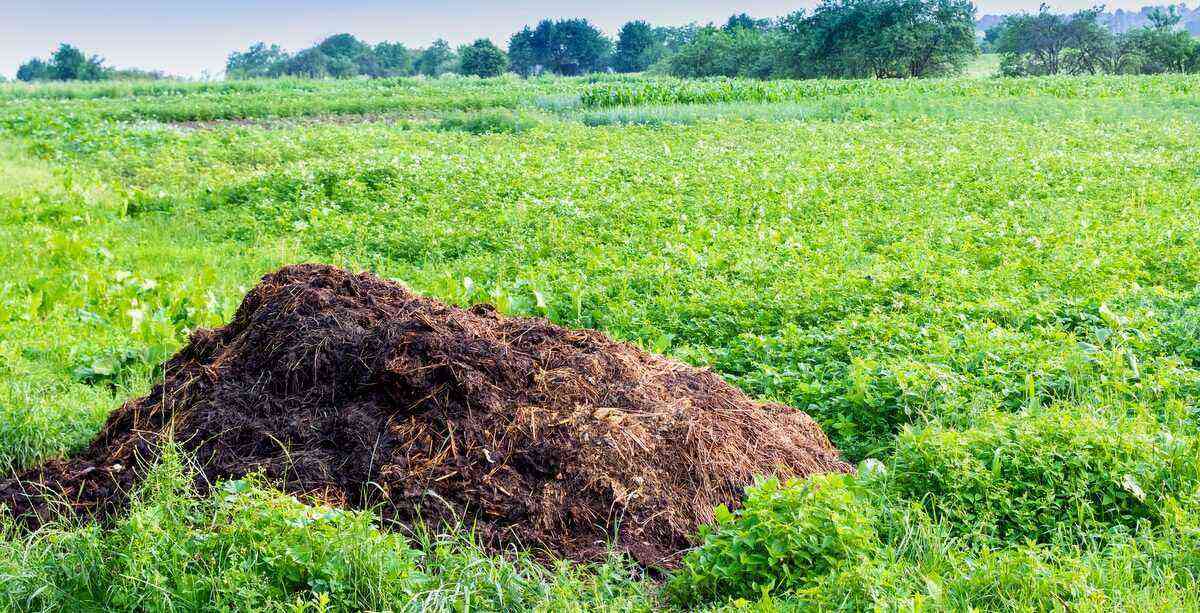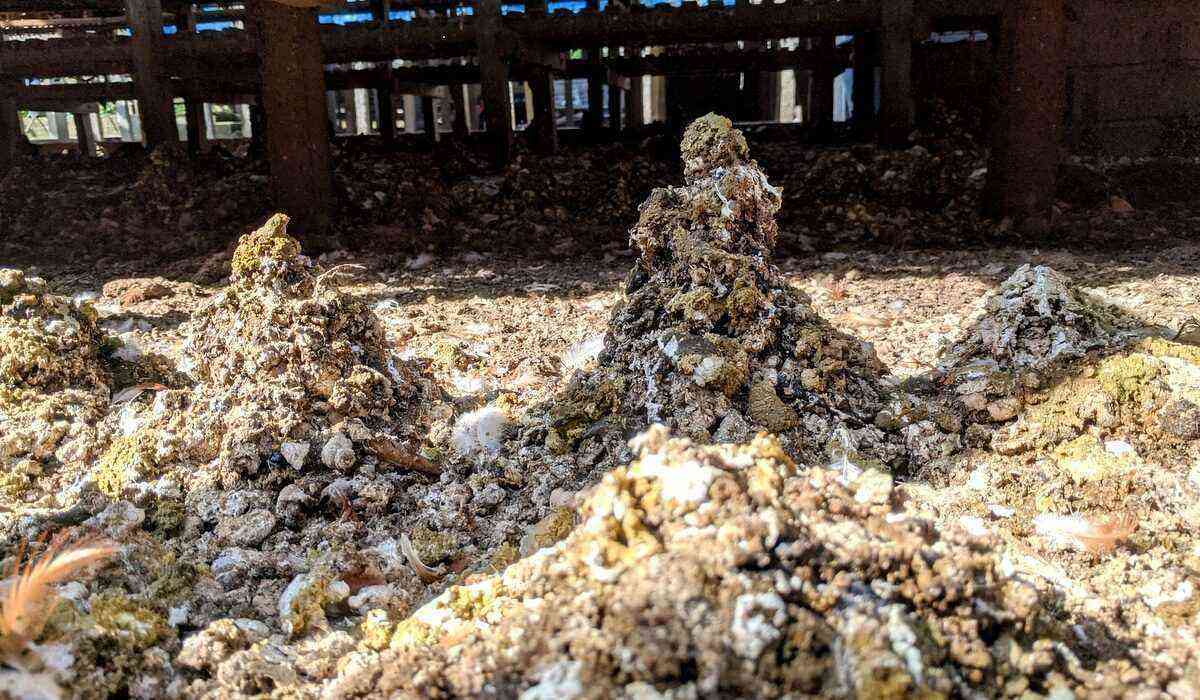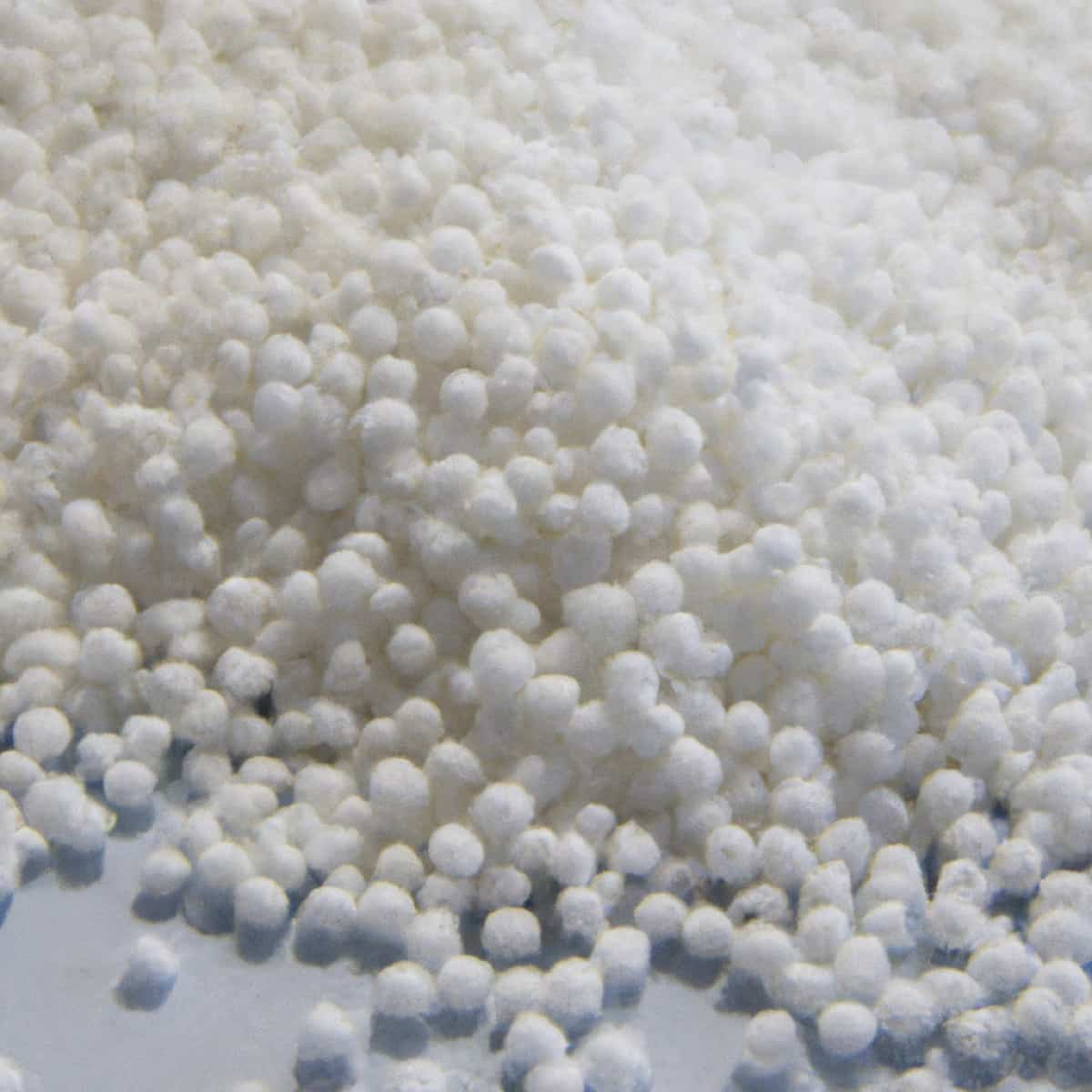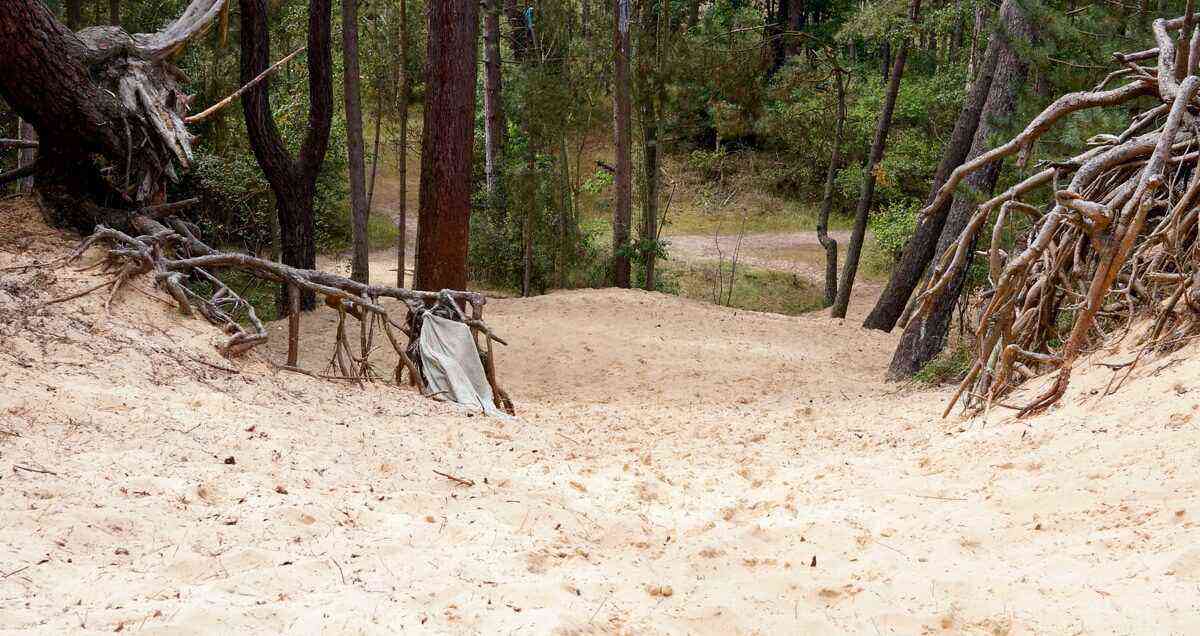Canola cultivation is expanding in Brazil. This is thanks to the efforts of researchers to obtain new varieties that meet the country’s soil and climate conditions.
Canola is used in the manufacture of oil for human consumption, production of biodiesel and also to obtain bran with high protein value in the formulation of animal feed.
In this article, we will talk about canola cultivation in Brazil, the challenges and technological advances.
After all, what is canola?
Canola originates from rapeseed, a plant whose seeds are extracted for oil. The word canola refers to three species of plant varieties of the cruciferous family (Brassica napus L., Brassica rapa L., is Brassica juncea). They belong to the genus Brassica, from which edible oil is produced.
During the 60s, in Canada, it was possible to extract an erucic acid-free oil from rapeseed, which has no benefits for humans, keeping only the elements that are good for health, such as vitamin E, monounsaturated fatty acids and Omega. 3.
To be considered canola, the oil must contain less than 2% erucic acid. In addition, each gram of the solid component of the seed must have less than 30 micromoles of glucosinolates. Therefore, it is a plant that brings many benefits to human health.
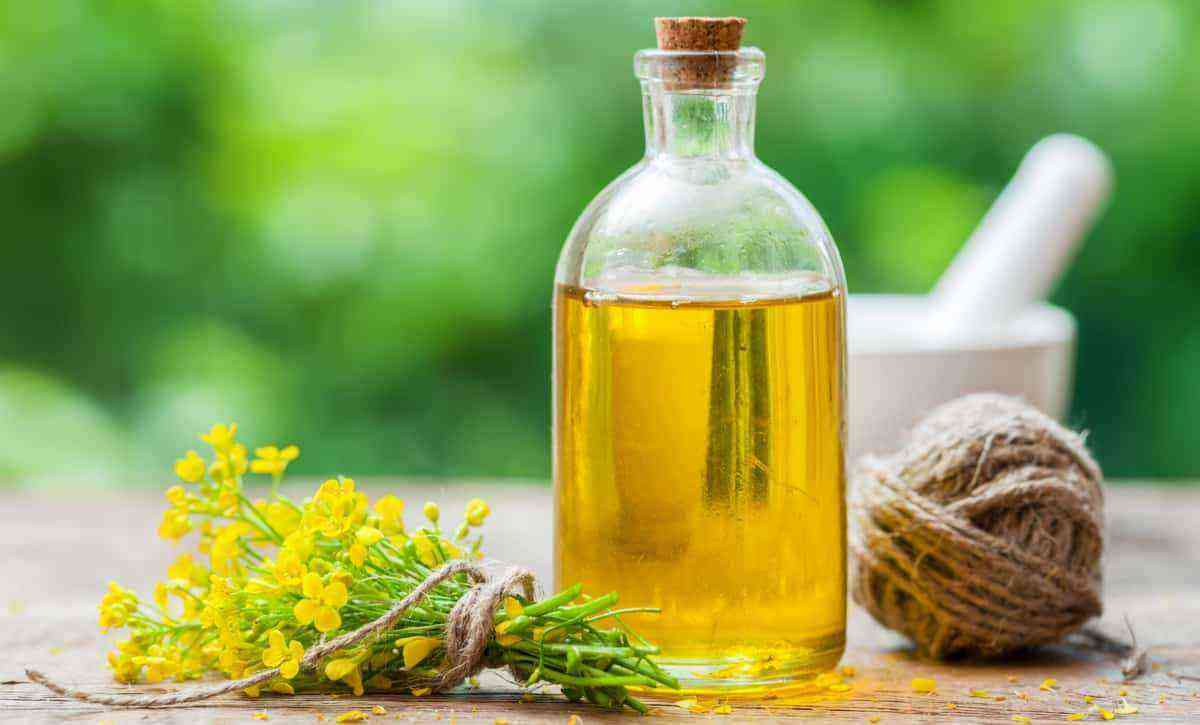
From canola an oil is extracted with elements that are good for health and, therefore, brings many benefits.
Beginning of canola cultivation in Brazil
Canola began to be cultivated in Brazil in Rio Grande do Sul, in 1974. Later, this culture also expanded to Paraná, starting in 1980. Today, production takes place in other Brazilian states, becoming an important source of benefits. economics for these regions.
The cultivation of canola is very well incorporated into the grain production systems that are carried out in southern Brazil.
This is because it allows producers to use the same machinery infrastructure existing on their properties. Therefore, without the need to purchase new equipment.
Cultivation is done in crop rotation, especially with wheat. Today, in Brazil, only rapeseed is grown Brassica napus L. var. oleifera, known as spring canola. It is the result of genetic improvement of rapeseed, which has higher levels of glucosinolates and erucic acid.
It is very common to link canola to the oil used in the kitchen to make food. However, it has other uses.
As we said at the beginning of the text, it can be used in the production of biodiesel, for example. Its resulting bran can be used in the production of animal feed, as it contains between 34 and 38% protein.
Production growth in Brazil
Canola cultivation in Brazil has great support from Embrapa (Empresa Brasileira de Pesquisa Agropecuária), which has been looking for new techniques to improve and expand production. Embrapa Trigo is one of those responsible for the success of the crop.

Canola production has been increasing in Brazil. Embrapa predicts that within a few decades it should reach 500 hectares.
According to the researcher at this Embrapa unit, Gilberto Tomm, the first experiences of canola cultivation in Brazil required a great deal of research effort in adapting hybrids that would meet the conditions of the Brazilian environment.
With technological advances over the years, it was possible to increase productivity from 906 kg/ha (average 1980 to 1997) to 1.500 kg/ha (2016). In 13 years, the planted area increased from 12 hectares (in 2004) to more than 57 hectares in 2017. In 2019 alone, the canola planted area grew by 12%, mainly in Rio Grande do Sul.
According to Embrapa, having greater knowledge about the cultivation of canola is stimulating the increase in the cultivated area, with the expectation of reaching 500 thousand hectares in a few decades.

Study carried out by Embrapa that shows the advantages of canola cultivation.
Expansion of canola cultivation
The main reason for the growth of canola cultivation in southern Brazil, with probability of expansion to other regions of the country, is the need to carry out diversification and crop rotation.
In fact, Embrapa carried out a study in this regard, based on interviews with 77 rural producers in Rio Grande do Sul.
“The economic factor appears in second place as a motivator for the adoption of canola, but the increase in the yield of subsequent crops was also highlighted by the interviewees.”, explains the technology transfer analyst at Embrapa Trigo, Álvaro Dossa.
According to Embrapa, canola can increase the yield of subsequent corn, soybean and wheat crops by up to 20%. This occurs through disease control, as well as fertilizer residue and nutrient cycling. Check it out in the video:
Source: Field Day on TV.
Advancement of canola to other states
Still concentrated in the southern region, canola begins to broaden horizons from the generation of new research knowledge.
In São Paulo, for example, there is a study that evaluates the possibility of intercropping canola with sugarcane, the most economically significant crop in the state.
Canola has colored the Brazilian cerrado. In the region of the Minas Gerais triangle there was an increase of almost 300% in relation to last year, jumping from 675 to 2 thousand hectares.
The incentive for the cultivation of this oilseed in Minas Gerais arose from the growing need for high quality vegetable oils for human consumption, as well as for the production of biodiesel.
The cultivation of canola in Brazil even led to the creation of the Brazilian Association of Canola Producers (Abrascanola). In this way, the entity supports producers, regulating the production, commercialization and use of this oilseed, considered the third in production volume worldwide.
Therefore, in this article we seek to show the perspectives of canola production in Brazil, a plant that is gradually gaining space throughout the country.
But there is another plant with the same characteristics as canola, that is, it can be used in oil extraction, biodiesel and bran manufacturing. We are referring to the sunflower. Check out how your planting can be a good option for the farmer.

